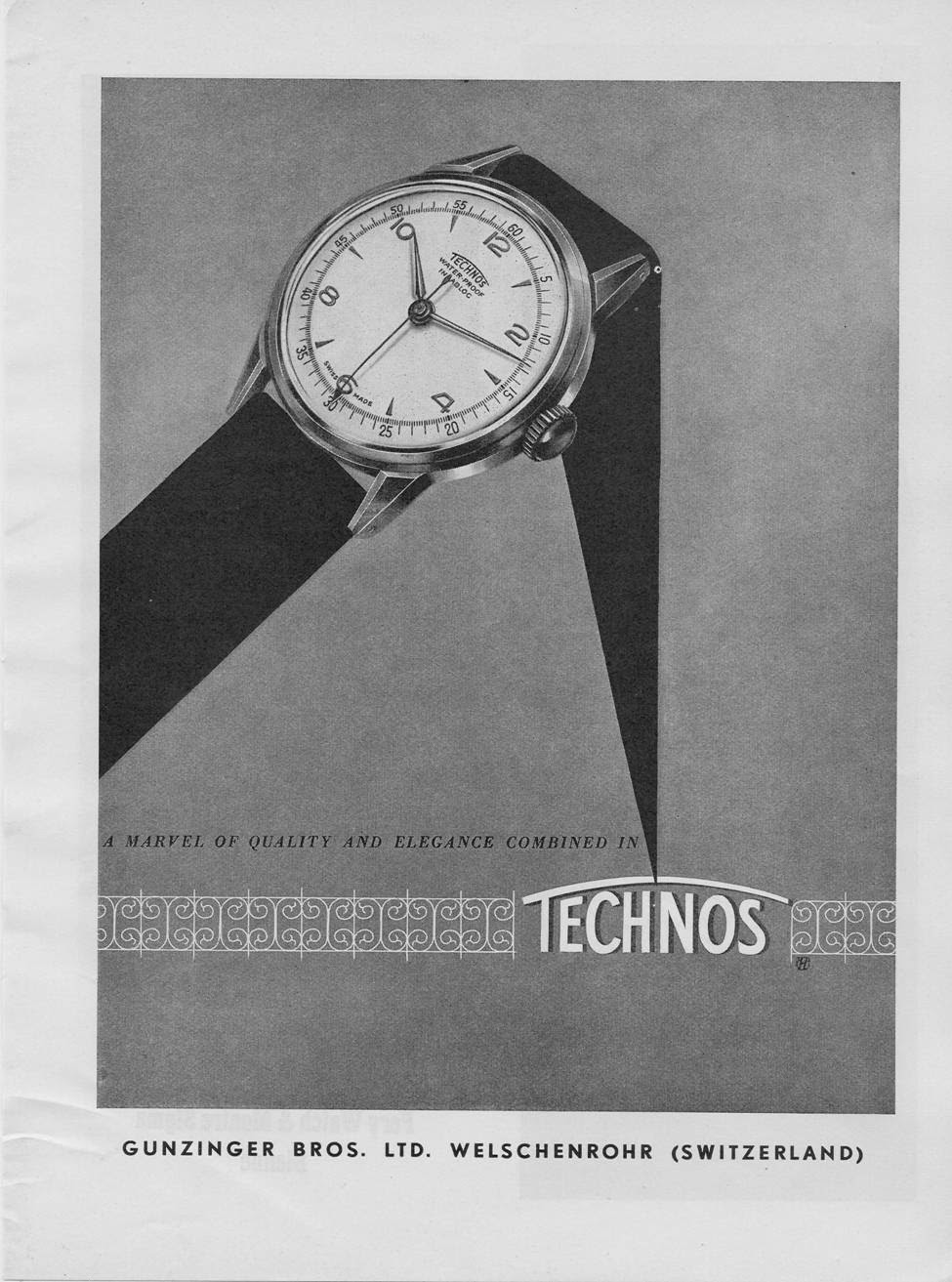For those of you who may not know René, he is the one who, literally, wrote the book on Hamilton electric watches ... four of them to be precise. His latest edition of The Watch of the Future: The Story of the Hamilton Electric Watch, published in 2006, stands as the definitive reference guide to these amazing timepieces. In 1999, he also published Hamilton Wristwatches: A Collector's Guide, which stands to this day as the definitive reference on mechanical Hamilton wristwatches.
I've known René for the better part of 30 years, and I've always considered him a mentor figure. I have always admired, and tried to emulate, his business model of providing education along with the watch. Back in the days (1980s) before the Internet, René's paper catalogs were like no other. While other watch dealers would cram 50 and sometimes 100 watches into a couple of sheets of paper, with each watch maybe having a one-line description, René's catalog would have maybe 10-12 watches, with a half to full page of text describing every watch. It's a model that continued when René switched over to his website.
I have also endeavored to follow René's example of constant learning. Both René and I are perpetual students of horology and have been frequent visitors, among other places, to the NAWCC Library and Research Center in Columbia, Pa. You can never know too much about watches and their history. It's a lifelong learning process, and after nearly 30 years in this business I continue to be amazed and fascinated at new discoveries.
And most of all, I have tried to follow René's lead of impeccable integrity. Sure, we both love to "talk up" the watches we sell. But we never represent a watch as something it's not. And if the customer is not satisfied, we do everything within reason (and sometimes outside reason!) to make it right. René knows that the vintage watch business is a pretty small world. You live and die by your reputation, and it simply doesn't pay to start cutting corners; word gets out pretty quickly! Conversely, if you're good and treat people right, word gets out just as quickly. I have seen this time and again in René's business, and have tried my best to follow his example.
I recently asked René to reflect on his years both as a collector and dealer, and offer some tips on becoming a serious collector and building a great watch collection.
 |
| René in his workshop. This is a video still from a 2012 appearance on CBS Sunday Morning. |
Here is what he had to say:
* Buy what you like. Pay no attention to what people say you should like. Your own taste is the guiding force.
* Become educated. As they say in coin collecting, "buy the book, then the coin". Knowledge really is power, and with all the great books out there, and the wealth of information on the Internet, there's no excuse for not learning as much as possible about anything you choose to collect.
* Focus. This is the hardest part, at least in the beginning. It's typical to start out scattershot, accumulating rather than collecting. But after a while your tastes will become refined. You'll find the area that holds more interest than others. Once you have found what truly inspires you, focus on that. Sell off less interesting pieces to finance acquisitions in your now-defined chief area of interest.
* To the best of your ability, always buy the best you can afford. Rare pieces tend to hold their value best. Common pieces are always common. Quality should be the goal, not quantity.
* Plan to upgrade. You have two ways to go if you're hunting a very scarce or rare piece: accept only perfection, and expect to hunt for a long time before finding your grail; or be willing to accept minor flaws like case wear, dial refinishing, etc., at least if the price is fair and reflects the condition, and be able to enjoy owning it while you continue your quest for a finer example. When a better one comes along, upgrade and sell off your lesser example. I spent my entire collecting career doing this. I'd rather own a less than mint example of a rare watch than to not have it at all. Sooner or later a chance to get the perfect one will come.
* Focusing doesn't necessarily mean limiting yourself to a single brand, or single type, as I chose to do when I became seduced by Hamilton Electrics. I know a lot of people who collect all types of early electrics. Or people could focus on certain shapes, or mechanical complications, or lesser-known watchmakers, or any of a thousand things that prove to be their chief area of interest. It all comes back to the difference between accumulating and collecting. We all start as accumulators; the 'eureka moment' where a more limited area of interest comes at different times for different people, but sooner or later I think everyone does find a focus, and that's when it really gets to be fun.
* And I think most collectors would agree that the thrill of the hunt is often the most enjoyable part.
Thanks, René!
Sincerely,
Bruce Shawkey
 |
| Visit Bruce's Vintage Watches |












